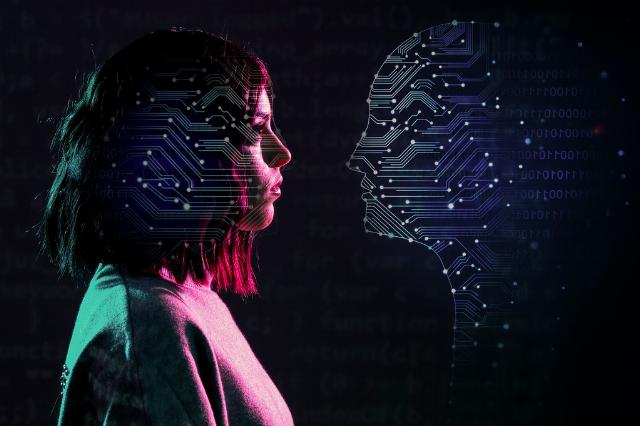We need nuclear power for AI and quantum computing
Like it or not, we are on the cusp of the AI and quantum computing revolution. Just a few years ago, AI was still a science-fiction concept portrayed in movies based in the distant future. However, AI and quantum computing have made great strides and we are closer than ever to realizing the potential that these technologies can bring. Basically, we have crossed the AI Rubicon, and there is no going back.
As of now, AI and quantum computing are still in their infancy. But sooner than you think these two technologies will become ubiquitous. They will fundamentally change how we live, work, and interact. And because technological innovations tend to expand in an exponential manner, they will also unleash a host of new technologies that we still probably can’t even fathom at this point.
Needless to say, this doesn’t mean that in a few short years AI will rule the world and enslave or annihilate humanity. At least, I hope not.
But it does mean that the AI/quantum computing age is closer than ever, and we better be prepared for its imminent arrival.
By far, the most important preparation that must be addressed as soon as possible is the lack of available electricity on demand that will be necessary to power the enormous energy consumption that AI and quantum computing will require.
Compared to traditional computing and search engine activities, AI and quantum computing consume vastly more energy. To put this into perspective, a ChatGPT query consumers 25 times more energy than a Google search. What’s more, a single AI image generation program requires about as much energy as it takes to fully charge a modern cell phone.
When one combines the sheer amount of energy that quantum computing, AI, and huge server farms will devour in the decades to come, it becomes glaringly obvious that the U.S. grid, in its current form, simply cannot provide enough energy to power the world of tomorrow.
So, what’s the solution to this inevitable problem?
If you think solar panels and wind turbines can pick up the slack and generate the energy necessary to power these technologies along with our modern luxuries, you would be sadly mistaken. Sorry, but solar panels and wind turbines cannot come even close to generating the energy needs coming down the pike. Moreover, these so-called green energy sources are intermittent. They only work when the sun is shining and the wind is blowing.
Fortunately, there is an alternative. It is called nuclear power.
Fairly or not, nuclear power has gotten a bum rap. From Chernobyl to Fukushima, nuclear power has been tarred and feathered as “unsafe.” Yet, aside from a very minor accident at Three Mile Island a long time ago, nuclear power’s safety record in the United States is practically pristine.
Don’t take my word for it. Bill Gates, who knows a thing or two about computers and technology, sees the writing on the wall, too.
In a recent interview, Gates broached this very topic: “the safety case [for nuclear power] is incredibly strong.”
On the subject of nuclear power specifically being used to power AI, quantum computing, and the requisite server farms, Gates is also bullish. “Demand for electricity is going to go up a lot,” Gates says. “And now these data centers are adding to that. So the big tech companies are out looking at how they can help facilitate more power, so that these data centers can serve the exploding AI demand.” To supply this huge increase in power, Gates thinks nuclear power is going to play a vital role.
On this point, Microsoft, founded by Gates, recently announced a deal to restart a shuttered reactor at Three Mile Island to provide enough power for the company’s sprawling network of data centers. The Three Mile Island resurrection comes after Michigan officials approved a similar plan for the Palisades Nuclear Plant.
It is highly likely that the redeployment of these two nuclear power plants could serve as a tipping point. In fact, Meta CEO Mark Zuckerberg, Amazon CEO Jeff Bezos, and Google CEO Sundar Pichai have made similar statements that they think nuclear power should be the primary energy source of these future technologies.
For far too long, the United States has treated nuclear power like a red-headed stepchild. However, the tide is turning. If the United States wants to remain competitive as the AI age dawns, it must embrace nuclear power.
Chris Talgo (ctalgo@heartland.org) is editorial director at The Heartland Institute.

Image: Jeremy Barande





